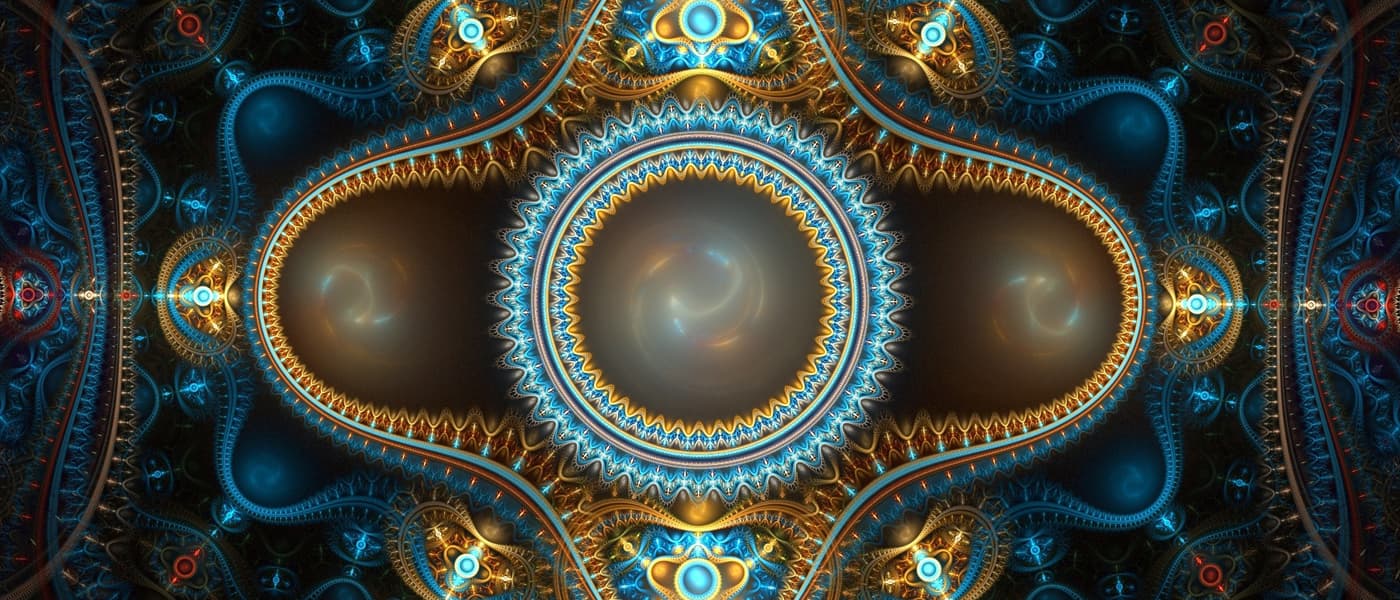Stretching Physical Equilibrium
A time crystal is, essentially, an object that appears to have movement while remaining at its lowest energy state (ground state). When theoretical physicist and Nobel laureate Frank Wilczek introduced the idea in 2012, most physicists believed that was impossible.
A time crystal, according to Wilczek's theory, was supposed to be an object that reaches everlasting movement by constant motion and returning to its original state, over and over again — all done in its ground state, where movement was supposed to be impossible. Can a quantum space object that violates the time-translation symmetry (essentially, that the laws of physics apply the same way everywhere and at all times) exist?
Researchers from the University of Califronia, Santa Barbara (UCSB) think so. In their proposed concept, published in Physical Review Letters, they believe that the key is to understand how time crystals do not break symmetry explicitly but, rather, spontaneously.
"If a symmetry is broken explicitly, then the laws of nature do not have the symmetry anymore; spontaneous symmetry breaking means that the laws of nature have a symmetry, but nature chooses a state that doesn't," coauthor Dominic Else says, speaking to Phys.org.
Floquet Time Crystals
Their proposed solution was to build a simulation demonstrating how spontaneously broken time-translation symmetry was possible, through a quantum system called "Floquet-many-body-localize drive systems".
The results showed that (1) the despite the constant motions, the crystal remained far from thermal equilibrium and did not heat up — this means that the object respects the second law of thermodynamics; and (2) time-translation symmetry could be broken indefinitely within the crystal system, as it grows and moves from a symmetry-breaking state to a symmetry-respecting state, over and over.
Speaking to Phys.org, researcher Bela Bauer explains that their work confirmed their assumption about spontaneously broken time-translation symmetry. "On the other hand, it deepens our understanding that non-equilibrium systems can host many interesting states of matter that cannot exist in equilibrium systems."
A time crystal can, therefore, exists within the laws of physics. The next step now is to actually build one.
Share This Article
